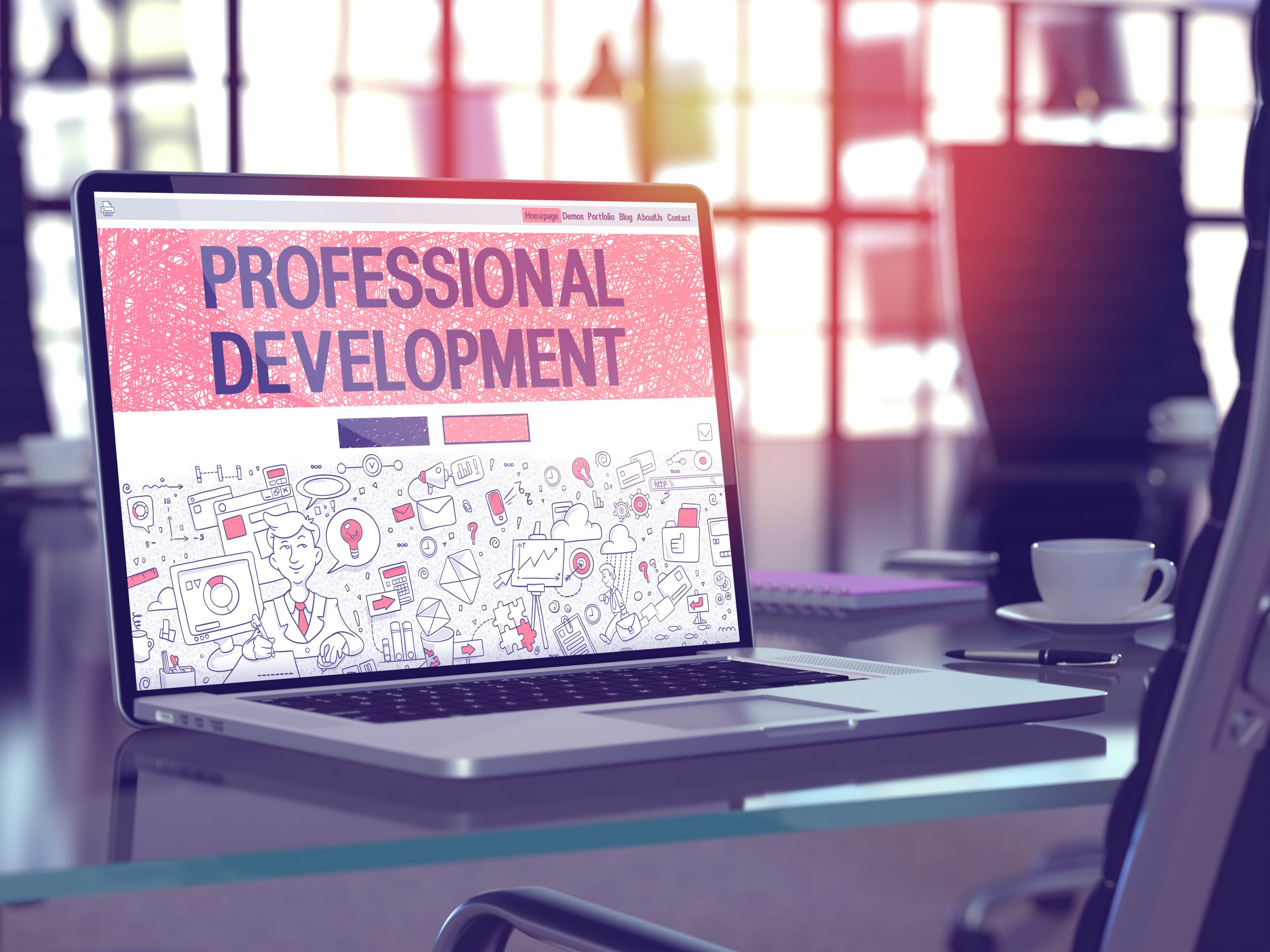By Melissa Goldberger
The term executive presence is constantly thrown around. Some believe it’s how we dress and others believe it’s how we act.
In the August 2012 HBR article, “Deconstructing Executive Presence,” the author defines executive presence as the ability to project mature self-confidence, to give a sense that you can take control of difficult, unpredictable situations, make tough decisions in a timely way, and hold your own with other talented and strong-willed members of the executive team.
But why do we really need it?
In a survey of CIOs conducted by Gartner, it was second on the list of the top 20 leadership traits that make a difference. By comparison, technology skills ranked 12th. Bottom line, if you want that promotion, you need to take stock of your leadership traits.
I am a strong believer that we all have executive presence; however, some of us (like myself) need reminders of what our practices should be on a daily basis. Here is what we need to remind ourselves:
Composure
Strong leaders are able to take control of difficult situations. When faced with a new professional challenge this week, make sure to:
- Think before you act
- Remain calm
- Separate business from personal
Communication Skills
Personally, I find the best leaders and those with the strongest presence tend to have the best communication skills. They also take a genuine interest in others and what they have to say. When communicating, notice whether you do the following:
- Listen
- Ask lots of questions
- Pause before speaking
- Share information
- Have the appropriate posture
- Make great eye contact
- Show excitement about the conversation
Understand your voice and be real. If you are naturally a better listener, hone in on that; if you are someone who can exude enthusiasm, work on that. Our eCoach, Denise Hansard shared some great tips in a recent blog post: Your Voice is Your Key to Clear Connections.
Collaboration
To get ahead, you will need to work with others to help you achieve your goals. Make sure you:
- Build collaborative relationships
- Offer to help your colleagues
- Be a connector – introduce people who may be able to help each other
- Get results through relationships with others
- Know the room and read the room
Confidence
Knowing who you are and that you deserve the position you have is key. Even if you have some slight insecurities, it’s OK, take stock and keep working on them.
- Live as a role model
- Command attention and respect
- Respect others
- Admit when you are wrong
- Dress in a dignified and professional manner
The Company!
None of the many articles I have read and numerous classes I have taken that discuss executive presence really focus on one’s commitment to the company – though this commitment is essential to developing executive presence. Think about whether you:
- Have a distinct influence and impact on the business
- Consistently link everything to the company’s vision
- Have a vision
- Focus on important issues
- Make difficult decisions
- Take risks, i.e., volunteer rather than wait to be asked
What if I don’t have some of this?
Don’t worry if you are missing some traits, we can’t be everything to everyone. What is important is to understand who you are and what you want. In the process of evaluation you can:
- Take an inventory of your strengths. These two are great tests:
- Ask a friend who is a former co-worker to evaluate you
- Practice your communication skills
- Take a look at the great blog posts and eCoaching by IAW members
- Reflect each day
- Manage your mind
- Join a networking group like IAW
- Be resilient
- Participate in IAW eCoaching
- Have a look at some great sites with ideas about leadership:
- Inc.com
- HBR.org
- https://www.mindtools.com/selfconf.htm
Want to learn more?
Join IAW for eCoaching on March 27 at 12PM EDT for a webinar that will help you improve your executive presence.





